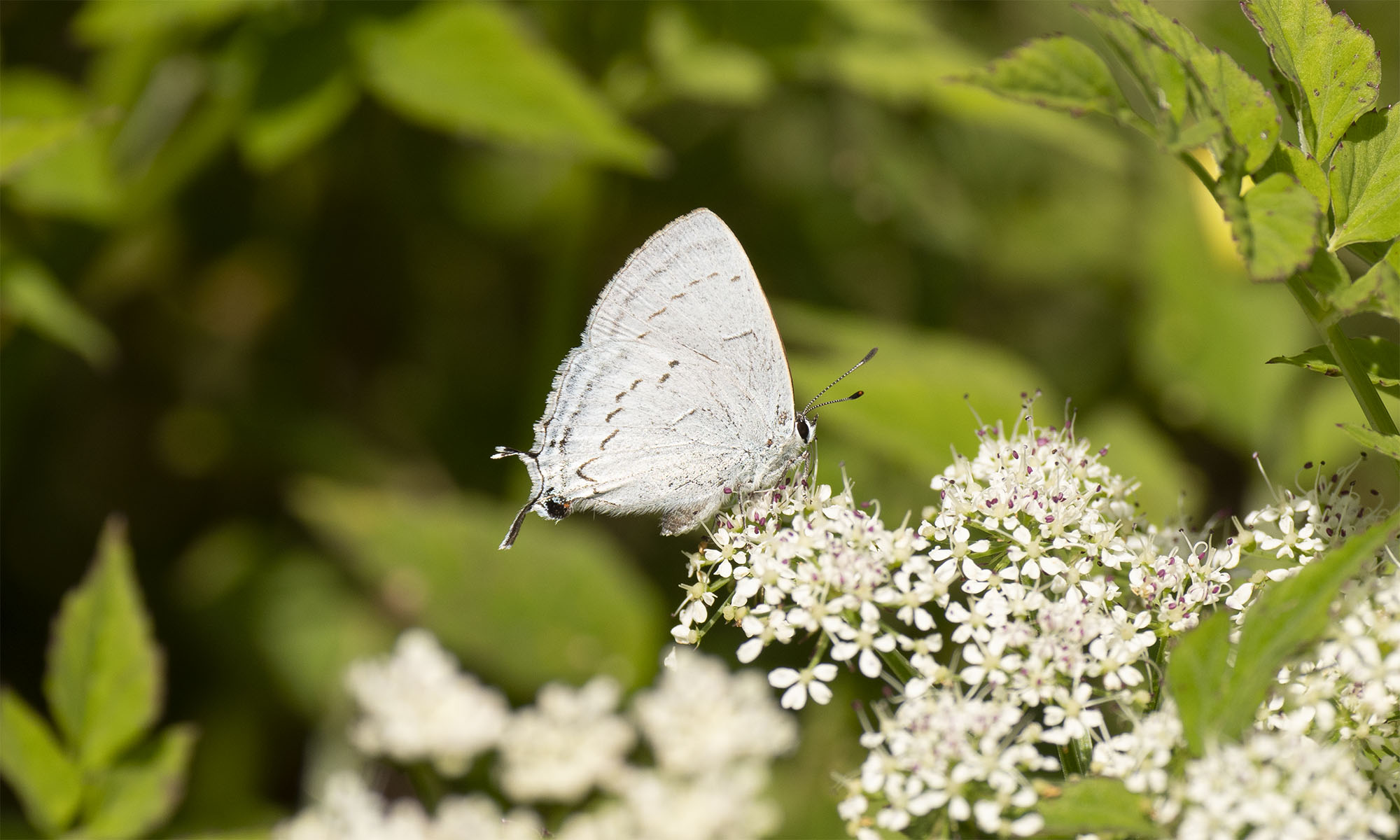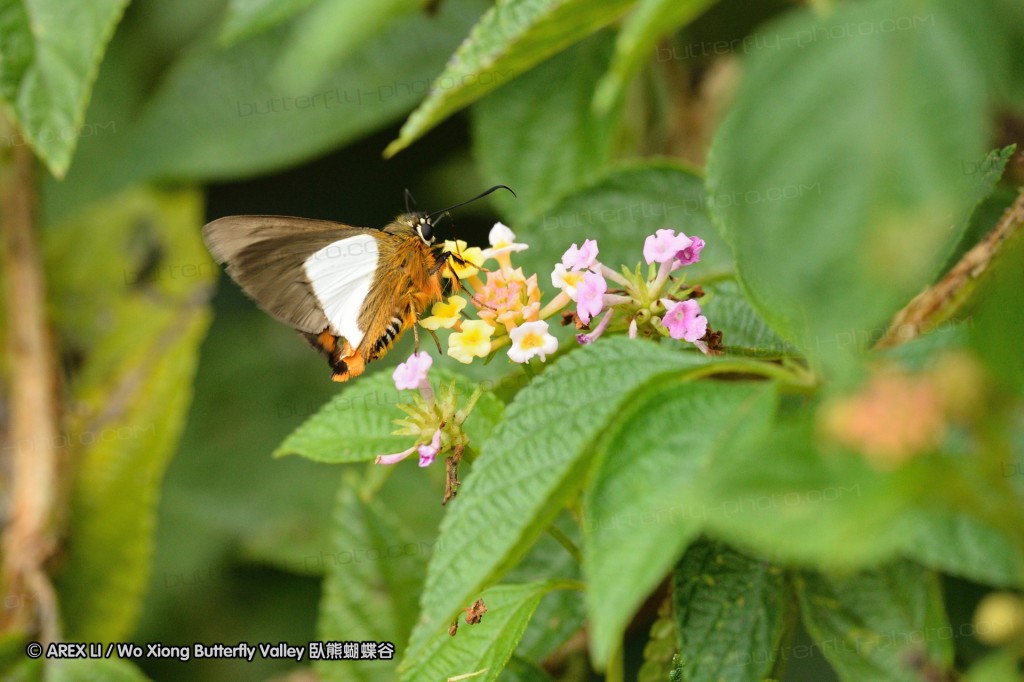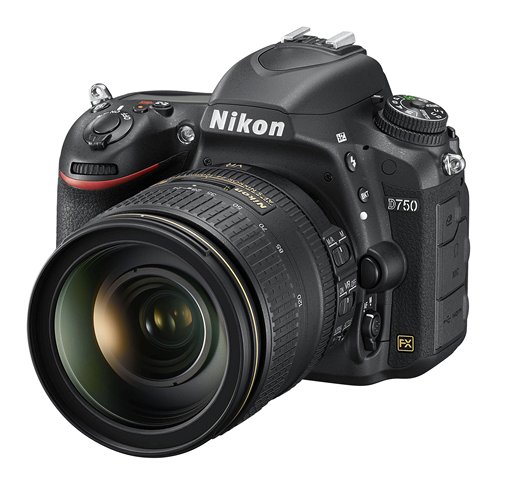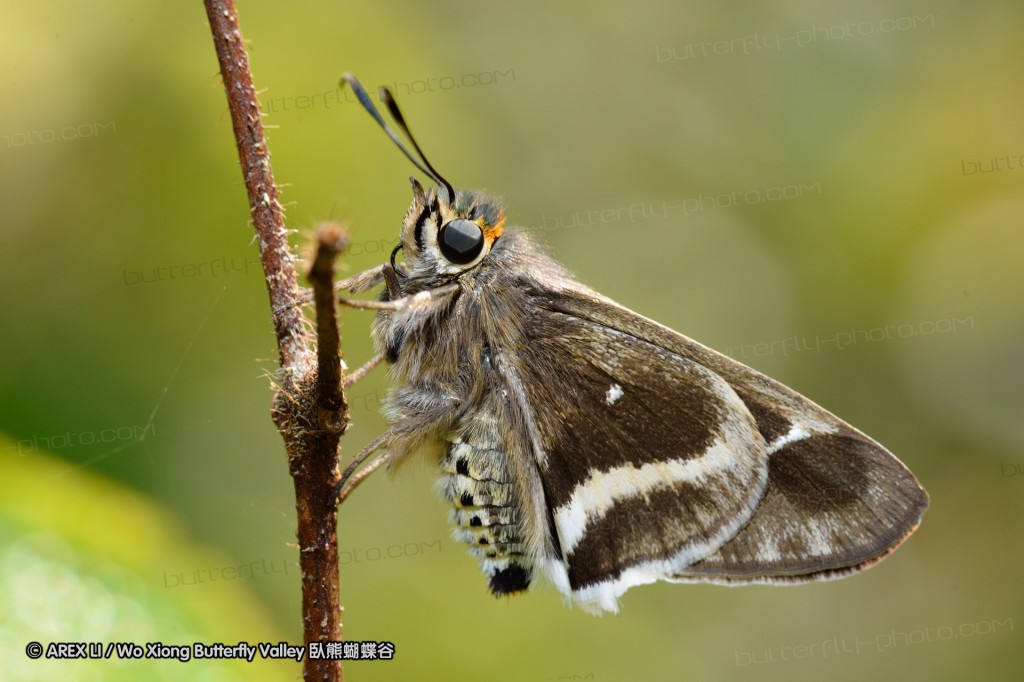BUTTERFLYING IN SOUTH SULAWESI (4) – Nymphalidae
Sulawesi is an island in Indonesia. It is the world’s 11th largest island. There are about 560 known species of butterflies. 239 of them (>40%) are endemic to the region. We visited the place around end September. The weather had been dry since March. It was definitely not the peak season for butterflies.
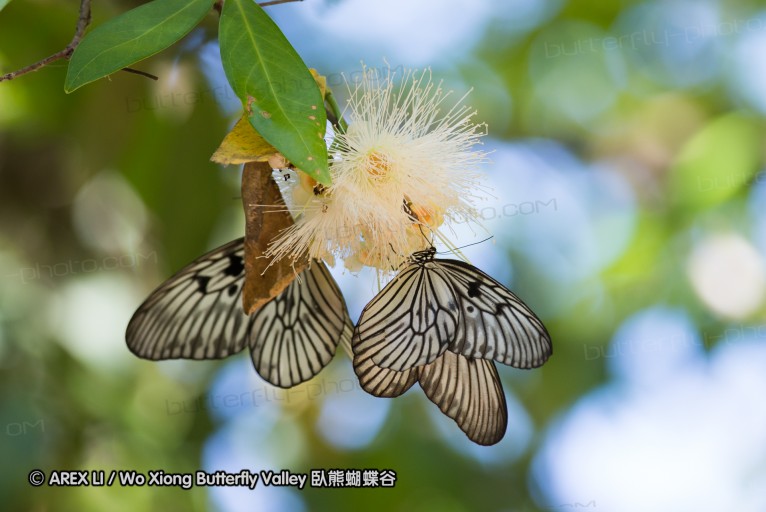
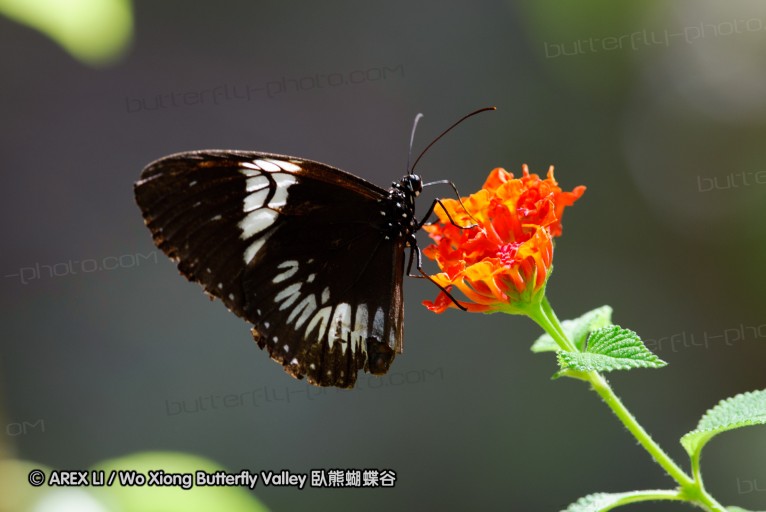
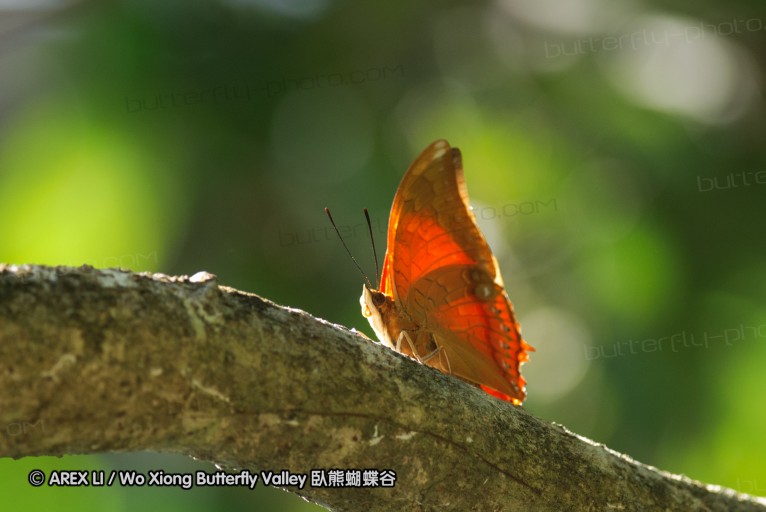
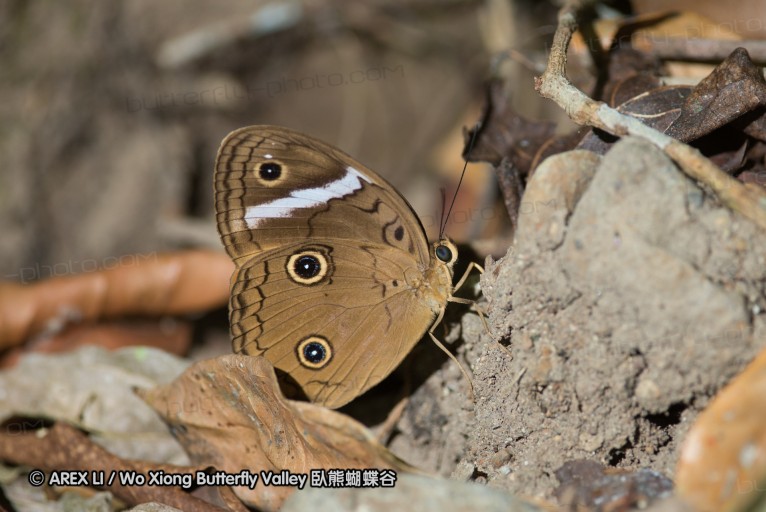
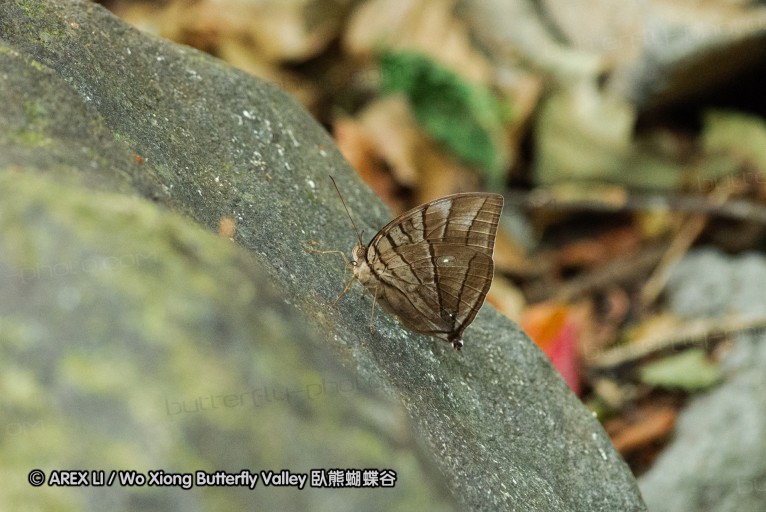

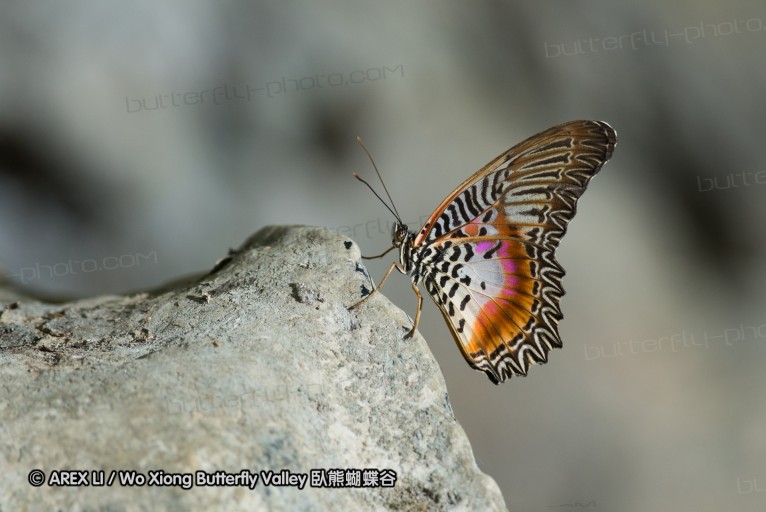
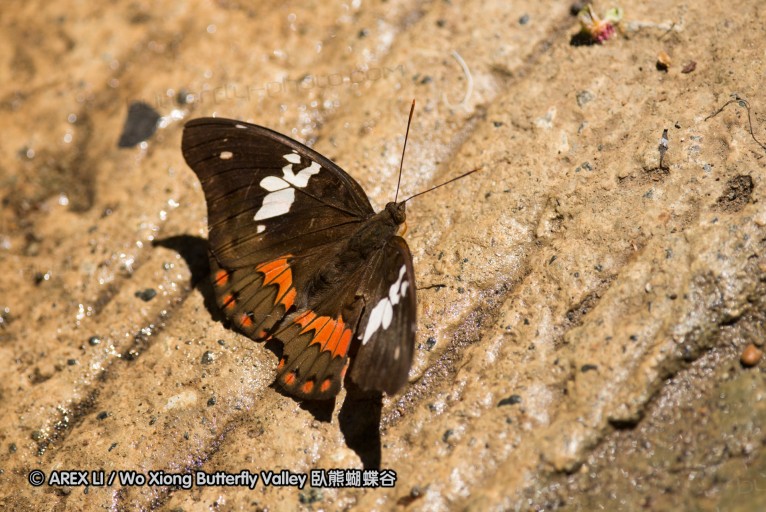
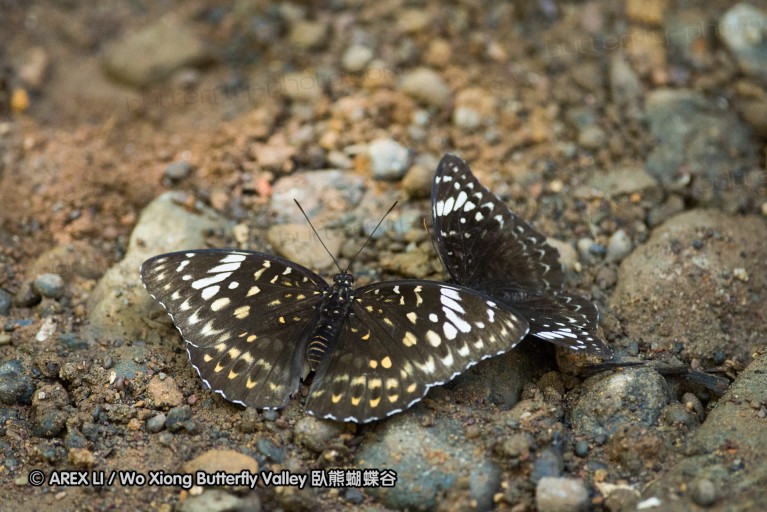

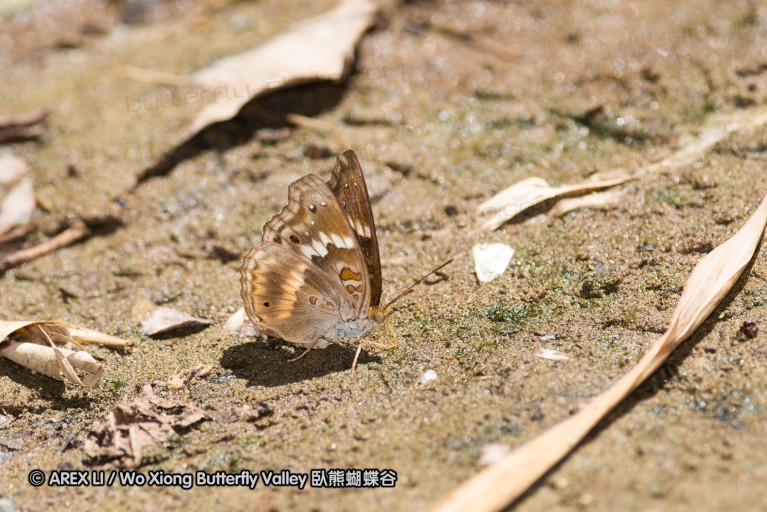
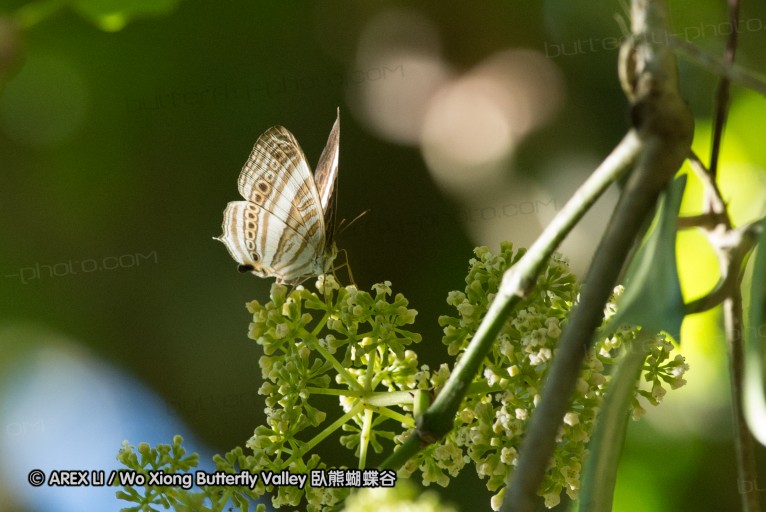
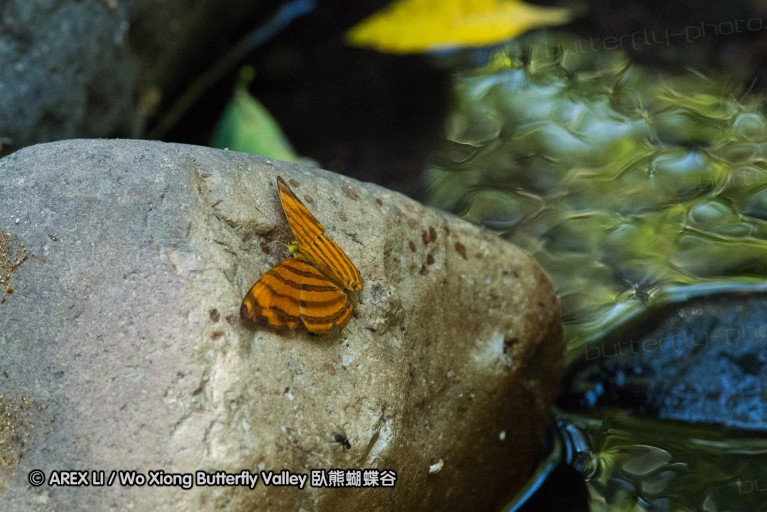
Video: Butterfly Watching in South Sulawesi 2014
Sulawesi is an island in Indonesia. It is the world’s 11th largest island. There are about 560 known species of butterflies. 239 of them (>40%) are endemic to the region. We visited the place around end September. The weather had been dry since March. It was definitely not the peak season for butterflies. Still, we were able to find quite a number of butterflies.
BUTTERFLYING IN SOUTH SULAWESI (3) – Lycaenidae
Sulawesi is an island in Indonesia. It is the world’s 11th largest island. There are about 560 known species of butterflies. 239 of them (>40%) are endemic to the region. We visited the place around end September. The weather had been dry since March. It was definitely not the peak season for butterflies.
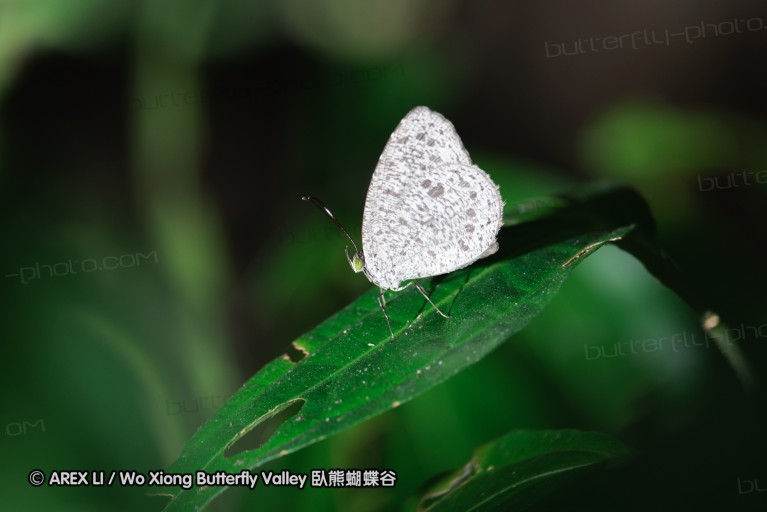
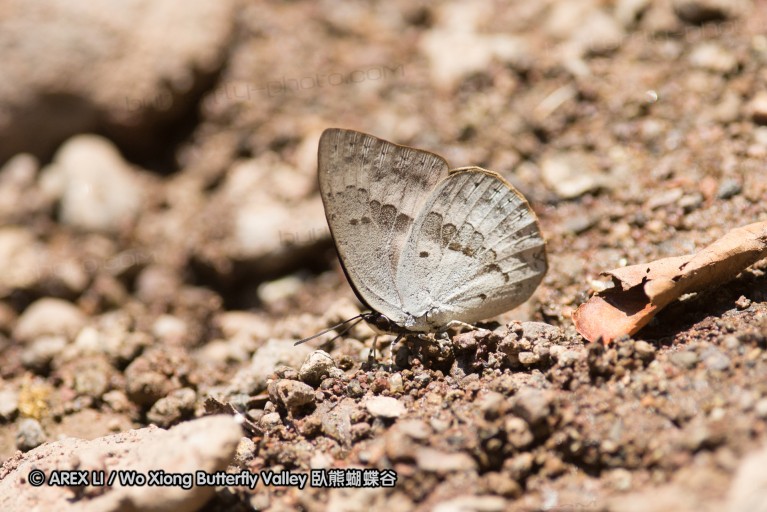
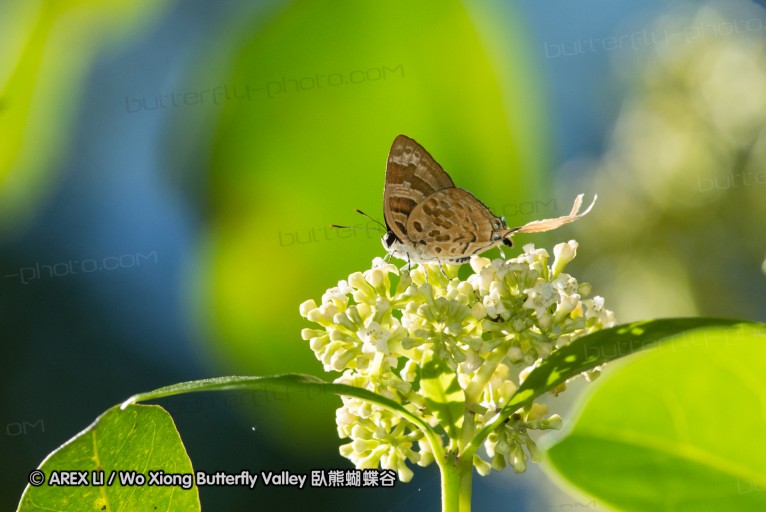

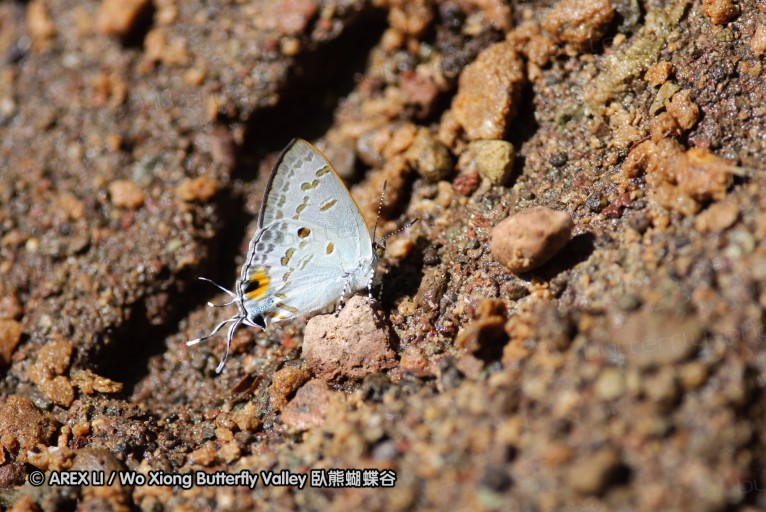
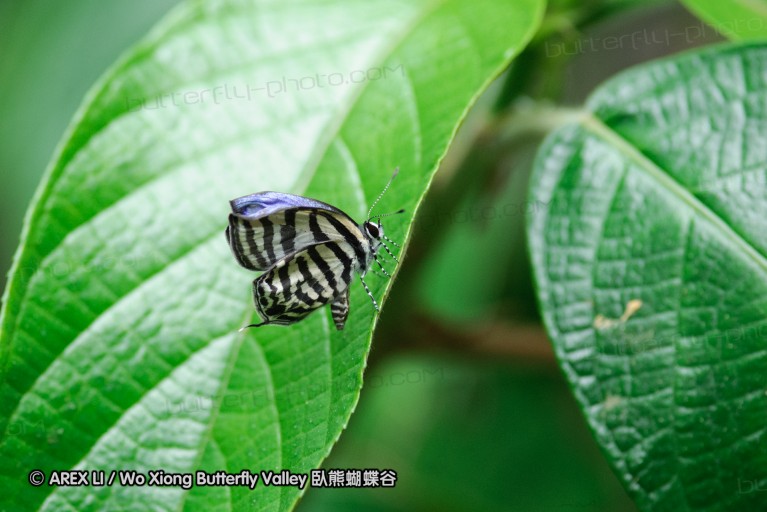
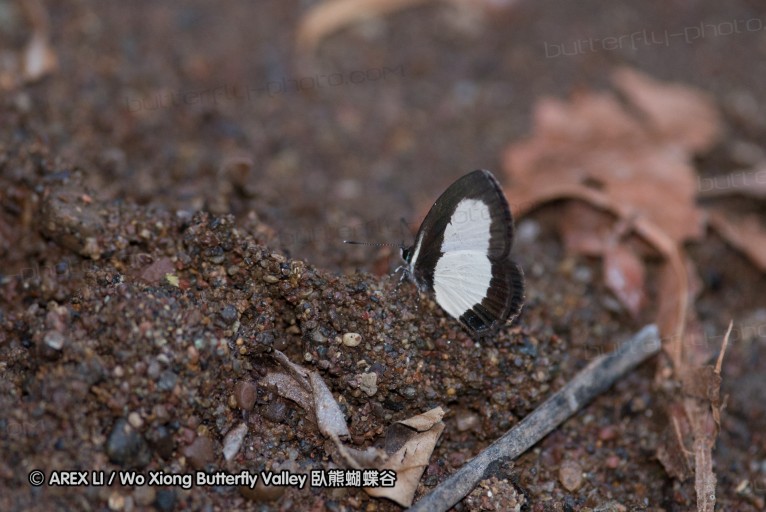
BUTTERFLYING IN SOUTH SULAWESI (2) – Pieridae
Sulawesi is an island in Indonesia. It is the world’s 11th largest island. There are about 560 known species of butterflies. 239 of them (>40%) are endemic to the region. We visited the place around end September. The weather had been dry since March. It was definitely not the peak season for butterflies. We were not able to find the interesting Delias sp. Still, we were able to find some interesting butterflies.
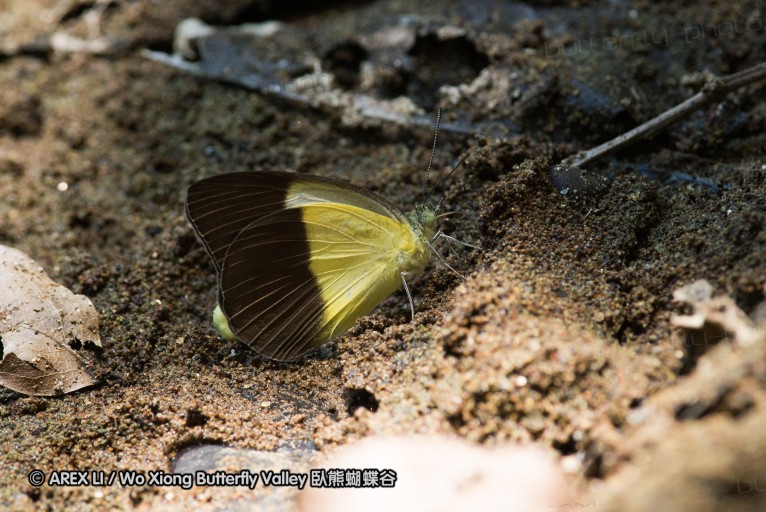
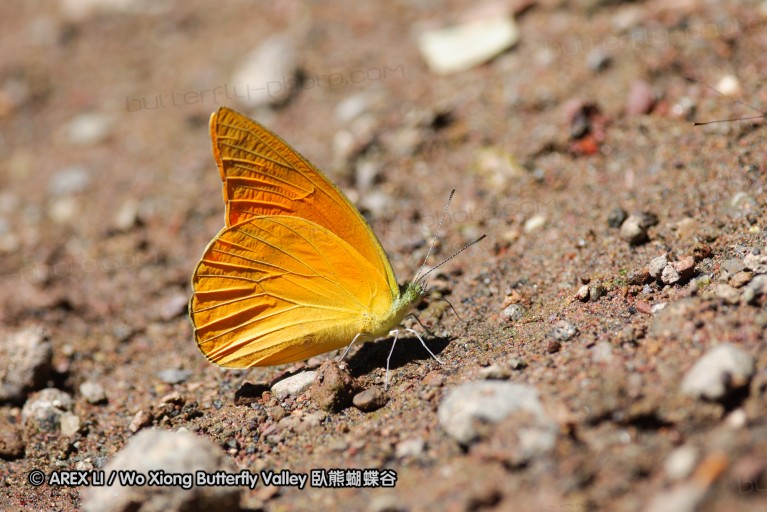
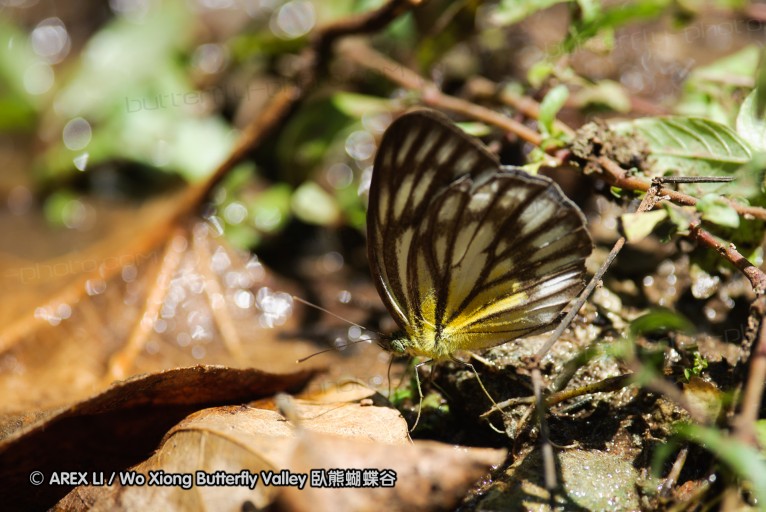
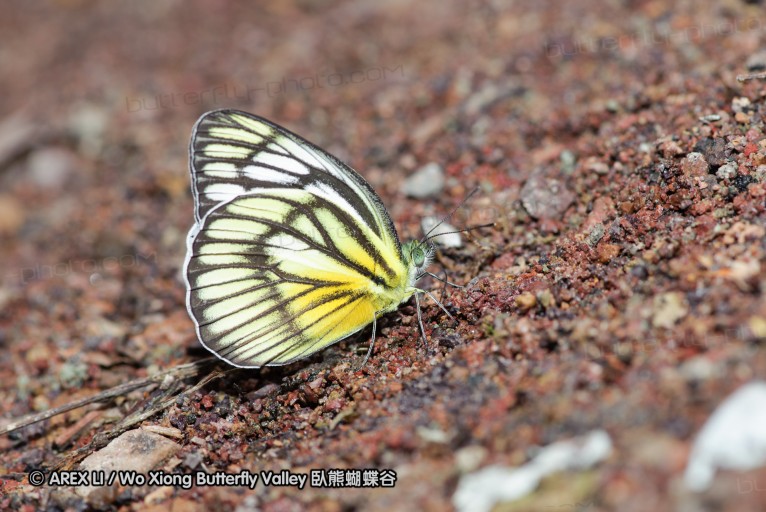
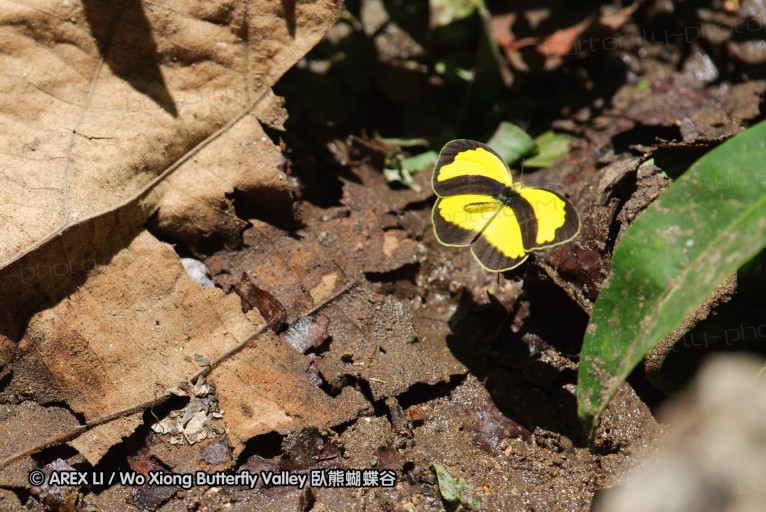
Butterflying in South Sulawesi (1) – Papilionidae
Sulawesi is an island in Indonesia. It is the world’s 11th largest island. There are about 560 known species of butterflies. 239 of them (>40%) are endemic to the region. We visited the place around end September. The weather had been dry since March. It was definitely not the peak season for butterflies. Yet, we were able to find some interesting butterflies.
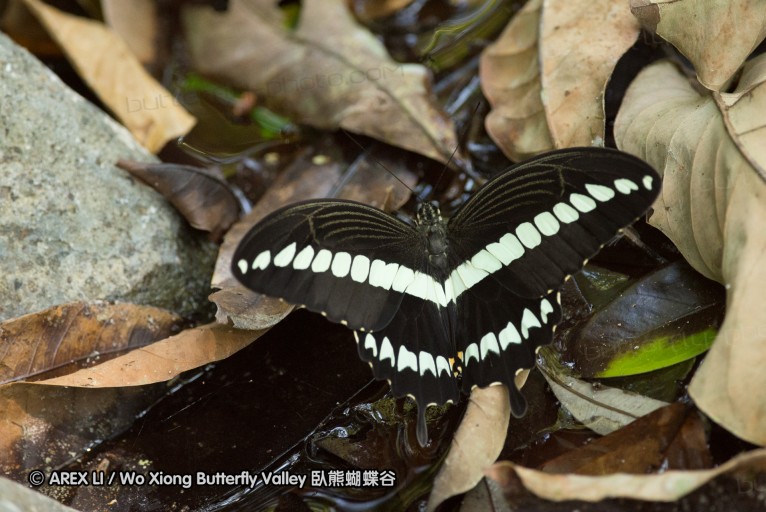
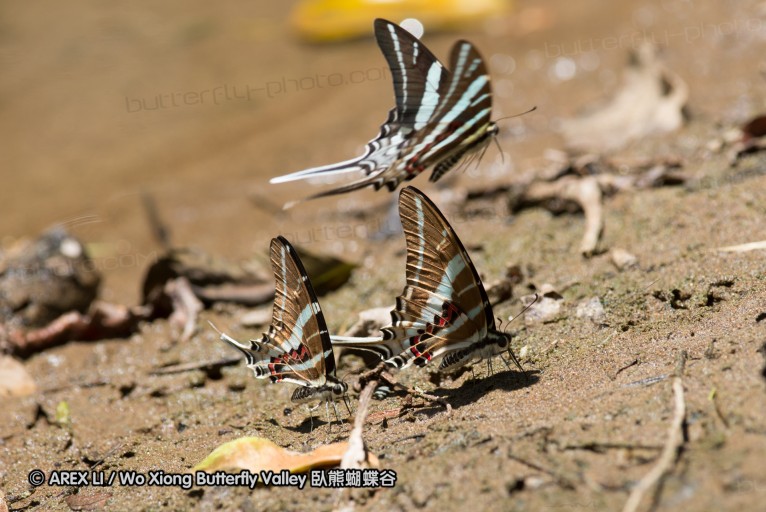
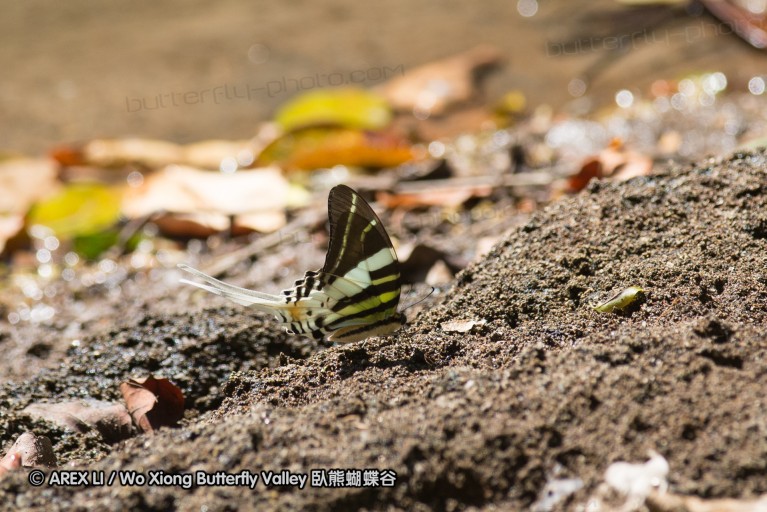
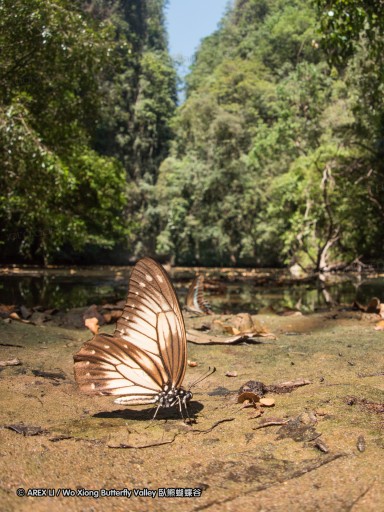
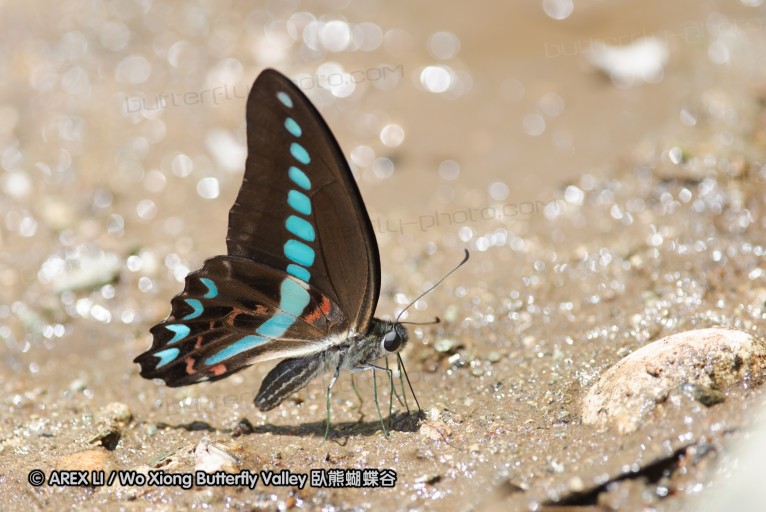
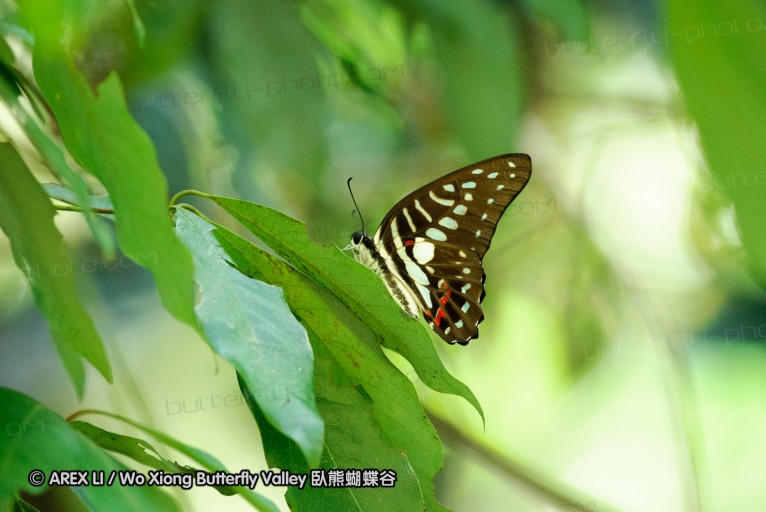
Butterfly Universe 賞蝶天外宇 – Coeliades fervida
Nikon D750 First Impression (for Butterfly Photography)
Based on the model number, it is quite clear that D750 is positioned as the successor of D700. However, if we have a closer look at the specifications, D750 is clearly an enhancement derived from D610.
Design Philosophy of Nikon Pro Series: Keeping the photographer’s sight in the viewfinder
The buttons and dials of D700 closely resemble the professional D3. Anyway, a key philosophy of Nikon Pro Series was to keep the photographer’s sight in the viewfinder. The viewfinder is more informative The layout of buttons and dials is designed in a way that the photographer may adjust the settings without leaving the viewfinder. This ensures the photographer is always ready for the shot. The learning curve of D3/D700 is clearly longer, but once you get used to it, you are less likely to miss the golden moment.
On the other hand, D600, D610, and D750 are more similar to what we have on, well, a consumer grade Canon DSLR. Here, we have a nice mode dial for fast P/A/S/M switching. We also have the U1/U2 memory modes that resembles C1/C2 modes on Canon DSLR. From the viewfinder display, you actually have no clue about the current mode in use. To confirm that, you need to leave the viewfinder and check the mode dial. Fortunately, with U1/U2 modes, you may save the mostly used mode and settings so that you will not miss
Photo Features Critical to Butterfly Photography
Well, butterfly photography is a very specific topic. While it is not strictly macro photography, it is quite similar to outdoor daytime sport photography. Here are some of the D750 features good for butterfly photography:
Flash Sync Speed and Reliable Auto FP High Speed Sync
The regular X-Sync speed of D750 is 1/200 s. It can be boosted to 1/250 s though the flash gun output will be reduced. I’d configure the camera to support auto FP up to 1/250 s. This is clearly inferior to D700. The bottomline is, this is better than Canon 5D Mark III and comparable to more performance oriented 7D/7D Mark II.
Like many other Nikon camera, Auto FP is configured in the custom setting in the camera. This is an advantage over the competition.
Wireless Flash Control and Auto FP High Speed Sync in Wireless Mode
Like many Nikon mid-range DSLR, D750 supports wireless flash control through the built-in flash. Although wireless flash control through the built-in flash is common, the Nikon UI makes wireless flash more convenient to use.
When the built-in flash is configured to output command signal only, Auto FP High Speed Sync is supported. This is an advantage over Canon where high speed sync wireless flash is possible only with the ST-E3 RF trigger.
Advanced Metering
Traditionally speaking, metering has been a clear strength for Nikon. Even in the old and old end D40, spot metering follows the selected focus point. On Canon, this is still a feature strictly limited to the 1D line only. Even Canon has advanced the metering sensor in 7D Mark II, this feature is not available.
New in D750 is the highlight priority metering mode. This ensure that the highlight area is never blowned.
Auto ISO
Auto ISO has already been very usable on Nikon camera. The flexibility in the configuration allow full control over the desired shutter speed. In the case of 5D Mark III, the Auto ISO setting only allow 1/250 s as the highest target shutter speed.
Auto ISO on Nikon has always been very useful in taking butterfly photos, especially under the shade of the jungle. Intermittent sunshine and shade affects the exposure settings greatly. Auto ISO ensure I will be using the lowest possible ISO value to hit the safe shutter speed.
Conclusion
Although D750 is hardly a true successor of D700, it remains a very capable camera. If you want a full frame Nikon camera for taking butterfly photos, it is recommended.
Video was not discussed here. Based on past experience, full frame camera is not quite suitable for taking macro video. Any light wind can drag the object out of focus. Also, the lack of features like focus peaking makes the camera less usable. As long as butterflies remain your topic, m4/3 camera or 1″ bridge DC are recommended.
Butterfly Universe – Coeliades ramanatek
Butterflying in South Africa 2014 南非賞蝶之旅 2014 (Video)
This video clip summarized the South Africa trip in 2014.
